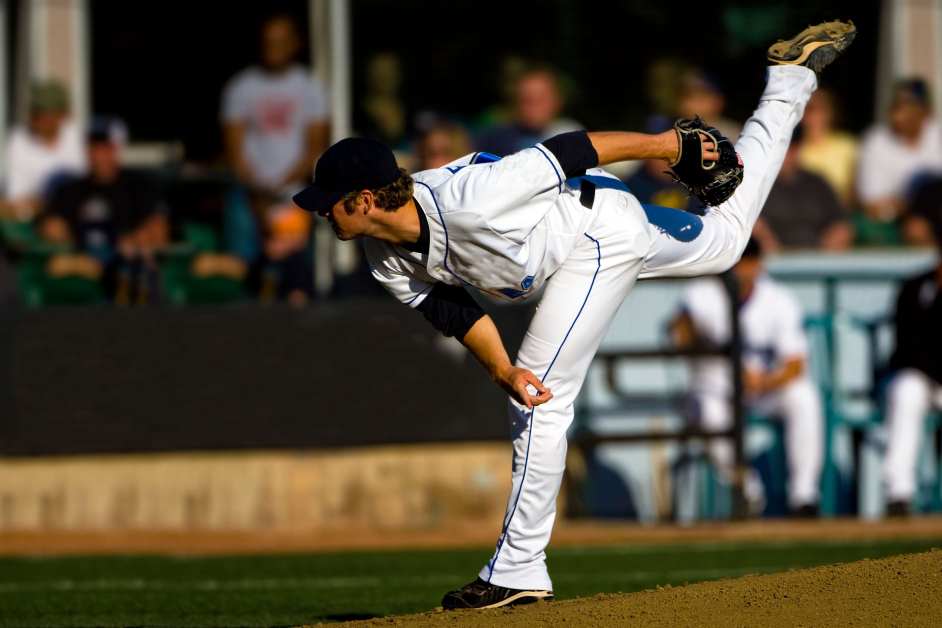The importance of shoulder motion is the focus of our 3rd and 4th blogs in our 5-part series on injury prevention in throwers. Do we need a lot of shoulder motion and if so, in what directions? There has been a lot of discussion and research on this topic over the last 10-20 years in baseball. Let’s look at both internal and external shoulder rotation.

Shoulder external rotation (ER) and internal rotation (IR) have been targeted for quite some time among throwers. Most throwers, and more specifically pitchers, will exhibit an increase in shoulder ER or layback position with the arm fully back and elbow bent to 90 degrees and a decrease in shoulder IR which is similar to the shoulder position with ball release. The question that baseball clinicians look to answer when we see a thrower is how much is good, how much is not enough, and how much is too much?
Although the answer is complicated and sometimes the cause is even more complicated, lets dive into this a little. Research shows that pitchers should have more shoulder ER in their throwing arm than their non-throwing arm. Years of throwing should help the baseball or softball player increase this motion. This is a good thing, although too much can lead to instability and injuries. When I assess a baseball pitcher, I am looking to see if they have at least 10 degrees more ER in their throwing shoulder and at least 100 degrees of passive motion. If it is less than this, we will add a stretch to help increase. Other softball and baseball players can have less motion, but we always want them to have the same or more ER than the non-throwing shoulder.
The opposite of shoulder ER is IR; often we see throwers with an increase in ER and an accompanying decrease in IR when we compare their throwing and non-throwing shoulders. If the increase in ER is similar to the decrease in IR, all is generally good; however, if the decrease in IR is more than the increase in ER we should compare the total motion to determine if there is a problem.
Here are 2 Examples for a Right Handed Pitcher:
A)
– Right Shoulder: ER = 105 degrees; IR = 55 degrees; Total Motion = 160 degrees
– Left Shoulder ER = 95 degrees; IR 70 degrees; Total Motion = 165 degrees
– Most of the decrease in Right shoulder IR is accounted for with an increase in R shoulder ER; Total Motion is very similar; this difference is not significant so increasing IR would not be a focus in my exercise program.
B)
– Right Shoulder: ER = 105 degrees; IR = 35 degrees; Total Motion = 140 degrees
– Left Shoulder: ER = 95 degrees; IR = 70 degrees; Total Motion = 165 degrees
– The decrease in R Shoulder IR of 35 deg is not accounted for by the 10 deg increase in ER; Total Motion is 25 deg difference; I would consider this significant and would definitely work on increasing shoulder IR in my exercise program.
There is some debate how to increase shoulder internal rotation, some clinicians recommend stretching such as the sleeper stretch; this was a focal point of my care years ago; however, I now perform various positional breathing exercises which significantly increase shoulder internal rotation short and long term. Also, the breathing exercises don’t overstretch tissues that don’t need to be stretched. More on this in future articles.
In summary, shoulder IR and ER should be assessed in every thrower. Total Motion should be similar, ER should be a little more; IR should be similar but is OK to be a little less. If not, we need to address shoulder rotation as poor motion has been shown to contribute to both shoulder and elbow injuries in throwers. Addressing shoulder rotation will greatly contribute to prevention, performance, and rehab.
